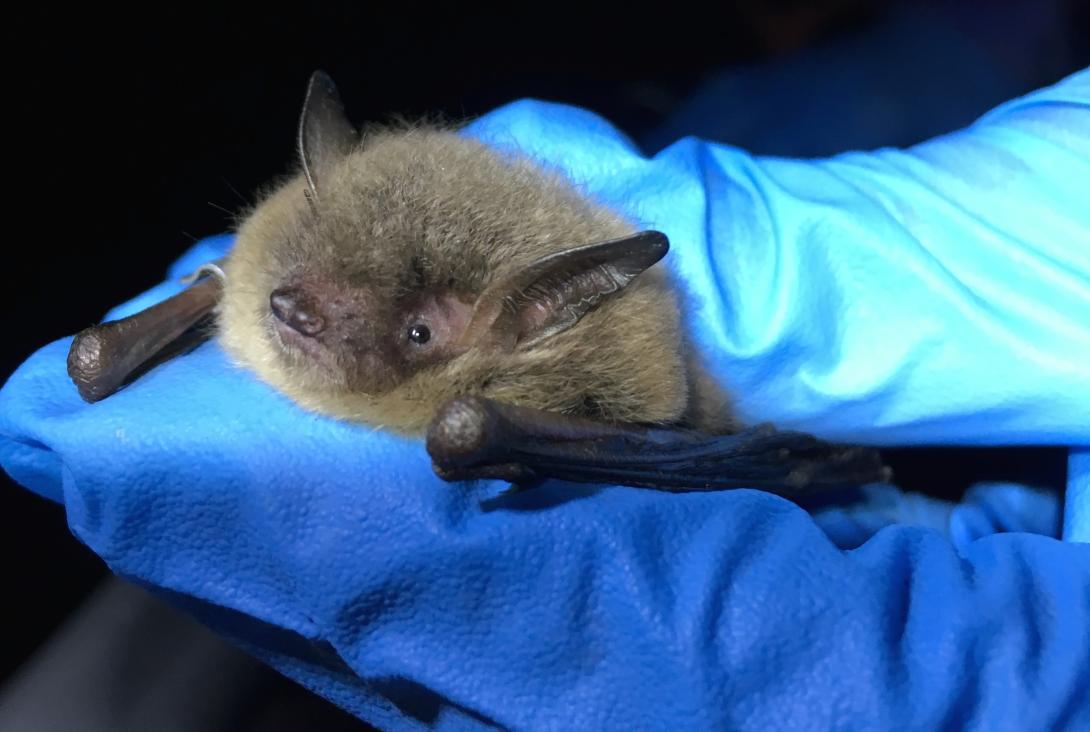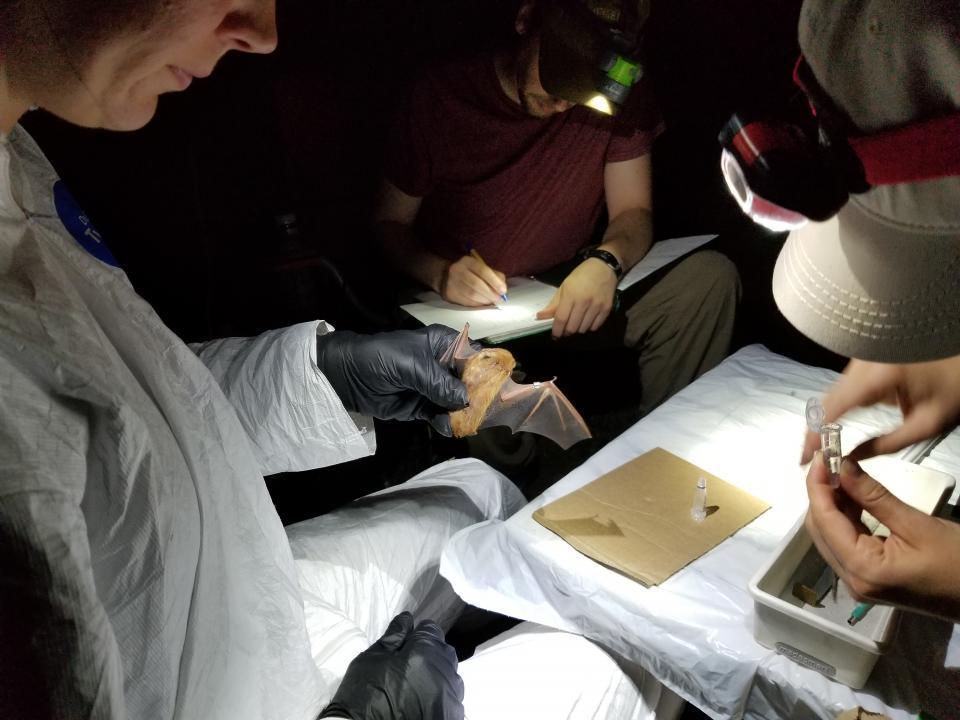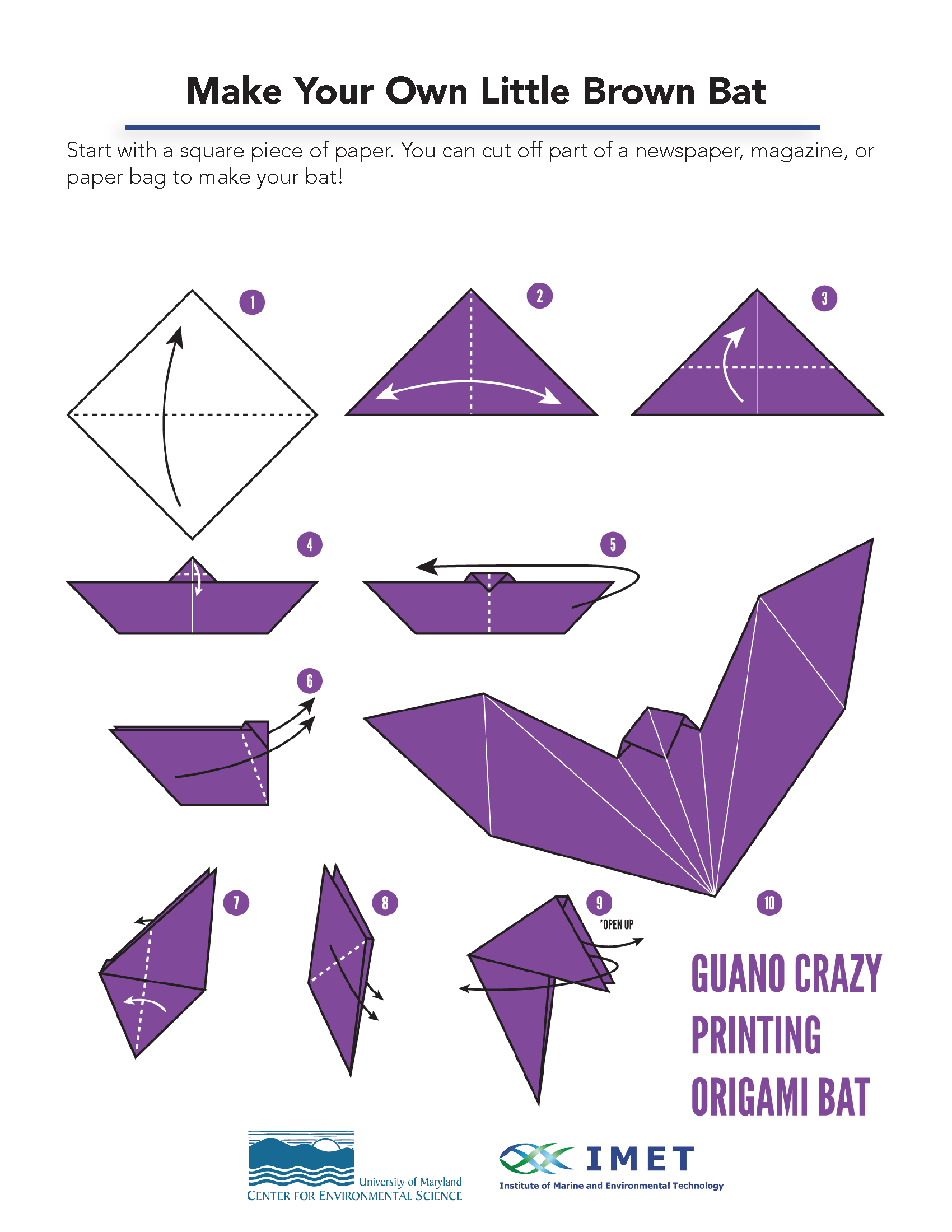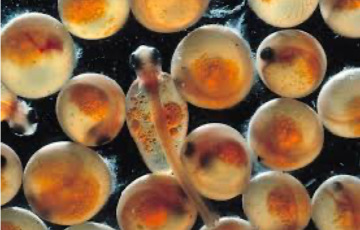Meet the Little Brown Bat
To download the activity page on bats, click here.
This activity was produced by the UMCES Appalachian Laboratory.
Meet the Little Brown Bat

- Weighs only 9 grams, about the same as 3 or 4 pennies
- Found throughout the U.S. and Canada, including in Maryland
- Has only 1 baby per year, called a pup
- Makes its home, or roost, in trees, rock outcrops, and structures like bridges during the summer
- Can eat over 1,000 insects in an hour
- Needs to live near clean water, where there are insects to eat
- Hibernates, or stays inactive throughout the winter
Why do scientists study bats?

Little brown bats eat insects, helping to protect plants from pests and reducing the need for pesticides on farms. They’re a very important part of our ecosystem.
Little brown bats are in danger in Maryland and elsewhere for two main reasons:
Habitat loss: Bats need to live near clean water and forests with large trees. As people move into their habitats and clear some of the forests, bats may not be able to find a home.
Disease: In some caves, a fungus can spread and cause White-nose Syndrome. Bats with the syndrome wake up from their hibernation while it’s still winter. They use a lot of energy to stay warm and active, but can’t get enough food. When a fungus spreads in a cave, all of the bats’ lives are at risk.
Scientists at the Appalachian Lab of UMCES study how bats are affected by White-nose Syndrome and other dangers to their survival. This helps wildlife managers protect bats so they can continue to keep eating thousands of insects every night.


Send me an email at temi@umces.edu with a picture of your origami to be entered in a raffle for prizes!
Want to learn more about bats in Maryland?
You can find out more about bats in an article, a podcast, and a video! There's something for everyone.
Bats: The "Myth-Understood" Mammal


